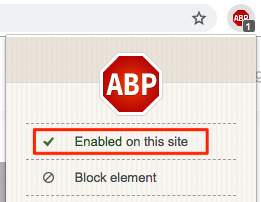
Totally Robotic Roux-en-Y Gastric Bypass
March 29, 2014
G. Fantola, A. Germain, A. Ayav, L. Bresler, L. Brunaud
The first step is the construction of the gastric pouch. The gastric pouch is fashioned with three linear stapler firings, similar to conventional laparoscopic gastric bypass surgery. Usually we identify the left diaphragmatic pillar to guide the gastric stapler. The retrogastric dissection is made using hook coagulation in right hand and bipolar forceps in left hand. The second step is the start of the gastrojejunostomy. Lifting the transverse mesocolon reveals the duodenojejunal junction at the ligament of Treitz. The greater omentum can be divided to facilitate the passage of a precolic Roux-en-Y jejunal limb but this is not mandatory. Gastro -jejunal anastomosis is performed between gastric pouch and the jejunum (about 60 cm distal from the ligament of Treitz). A side-to-side gastrojejunostomy is first performed with a seroserosal suture. In the third step, we perform the gastrojejunostomy. Parallel 15 mm openings are made in the small bowel and the gastric pouch with the cautery hook. Gastro-jejunal anastomosis is then sewn with a running suture taking full thickness of stomach and intestinal walls. The forth step is corresponding to jejunojejunostomy anastomosis. When the gastrojejunostomy is completed, the jejunum is run distally for 100cm. At this point, the alimentary limb is positioned next to the biliopancreatic limb. An opening is created on both limbs using the monopolar hook. A side-to-side linear stapled anastomosis is fashioned by the first assistant. Closure of the remaining intestinal openings is performed with a running suture. The fifth step corresponds to the small bowel division between the two anastomoses. Small bowel is divided between the two anastomoses according to the technique of Olbers et al. to obtain a 100 cm alimentary limb and a 60 cm biliopancreatic limb for the gastric bypass. No drainage is left and nasogastric tube is removed at the end of the operation.







